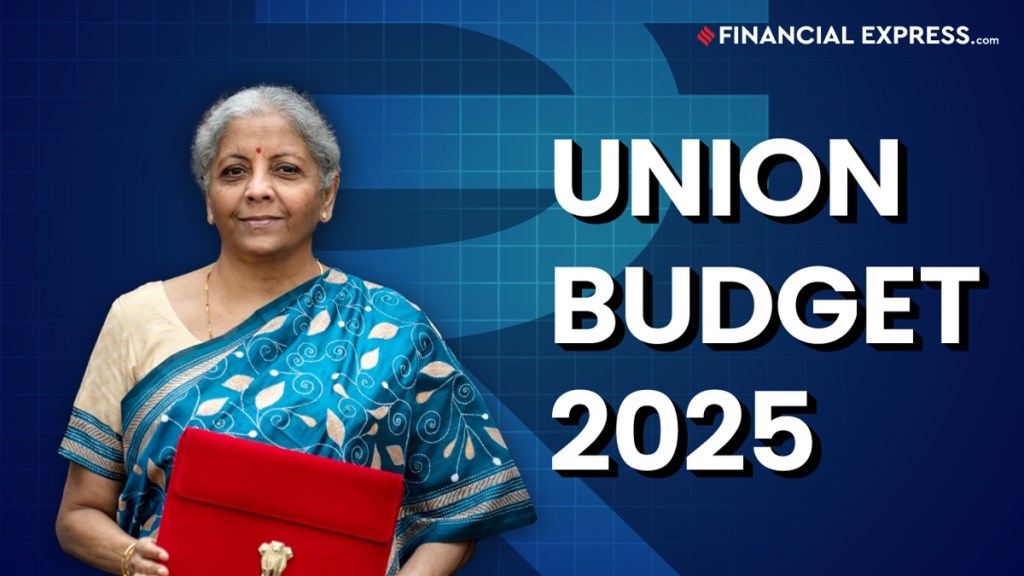Education Budget 2025: Union Finance Minister Nirmala Sitharaman, in her Union Budget 2025 speech, highlighted India’s exceptional growth trajectory, positioning the country as the fastest-growing major economy globally. Reflecting on India’s remarkable development and structural reforms over the past decade, she emphasised the growing confidence in the nation’s potential. “We see the next 5 years as a unique opportunity to realise sabka vikas, stimulating balanced growth of all regions,” she said, underscoring India’s focus on inclusive development.
In the Union Budget 2025, the government allocated Rs 1,28,650.05 crore for education, marking a 6.65% increase from the previous year. The focus remains on expanding school education, strengthening higher education institutions, and fostering skill development to equip India’s youth for future opportunities.
Breakdown of Education Budget Allocation
The education budget for 2025-26 has been divided into two key segments:
- Department of School Education and Literacy: Rs 78,572.10 crore (61% of the total education budget)
- Department of Higher Education: Rs 50,077.95 crore (39% of the total education budget)
This funding will support educational reforms, infrastructure development, and skill training programs.
Key Initiatives in Skilling, Education, and Innovation
The Budget introduces several initiatives to enhance India’s human capital, focusing on skilling and higher education to prepare the workforce for a dynamic future.
- PM Research Fellowship Scheme: In a move to boost technological innovation, the government plans to provide 10,000 fellowships under the PM Research Fellowship Scheme over the next five years, targeting technological research in IITs and IISc.
- National Centres of Excellence: Five National Centres of Excellence for skilling will be established with global expertise, aiming to equip youth with the skills necessary for “Make for India, Make for the World” manufacturing.
- Artificial Intelligence for Education: A Centre of Excellence in Artificial Intelligence for Education will be set up, with an outlay of Rs 500 crore, to revolutionise education with cutting-edge technologies.
- Medical Education Expansion: To address the growing healthcare needs, the government plans to add 10,000 additional seats in medical colleges and hospitals next year. This expansion will contribute to a well-equipped healthcare workforce in the country.
- Atal Tinkering Labs: Over the next five years, 50,000 Atal Tinkering Labs (ATLs) will be established in government schools to nurture curiosity and foster innovation among students.
- Broadband Connectivity in Schools: The Bharat Net project will expand broadband connectivity to all government secondary and primary schools, ensuring equal access to digital resources for education.
Bharatiya Bhasha Pushtak Scheme
In an effort to make education more accessible and comprehensible, the government will implement the Bharatiya Bhasha Pushtak Scheme, which aims to provide digital versions of Indian language books for schools and higher education. This initiative will help students understand their subjects better by learning in their native languages.
Expansion of IITs and Medical Institutions
- IIT Expansion: The number of students enrolled in India’s 23 IITs has grown by 100% over the past decade, rising from 65,000 to 1.35 lakh. The government plans to increase the capacity of IITs further, with additional infrastructure being developed for 6,500 more students in five IITs established after 2013. IIT Patna’s student capacity will also be expanded.
- Medical Education: Over the last 10 years, the government has added over 1.1 lakh seats in graduate and post-graduate medical courses. In the next phase, 10,000 additional seats will be created to meet the rising demand for healthcare professionals. Moreover, cancer centres will be established in all district hospitals over the next three years.
Employment Opportunities
The Budget is designed to foster employment-led growth by stimulating sectors such as manufacturing, MSMEs, and innovation. Sitharaman emphasised the importance of investing in people and the economy to drive job creation and economic stability. By ensuring that the benefits of growth are widely distributed, the government aims to create a more prosperous and equitable society.
M Jagadesh Kumar, chairman, UGC hailed the budget. He said, “The substantial increase in the budget allocation for higher education, from ₹46,482.35 crore in 2024-25 to ₹50,077.95 crore in 2025-26, represents a significant 7.74% rise. This increased investment will enable us to enhance further the quality of education, support research and innovation, and expand access to higher learning opportunities for all.”
The Union Budget 2025 outlines a clear roadmap for India’s continued progress, focusing on inclusivity, skill development, innovation, and infrastructure. The government’s efforts to expand educational capacities, improve healthcare access, and support rural and agricultural development are key to realizing the vision of a “Viksit Bharat.” With these comprehensive measures, India is poised to achieve balanced, sustainable growth and prosperity for all its citizens in the years to come.


